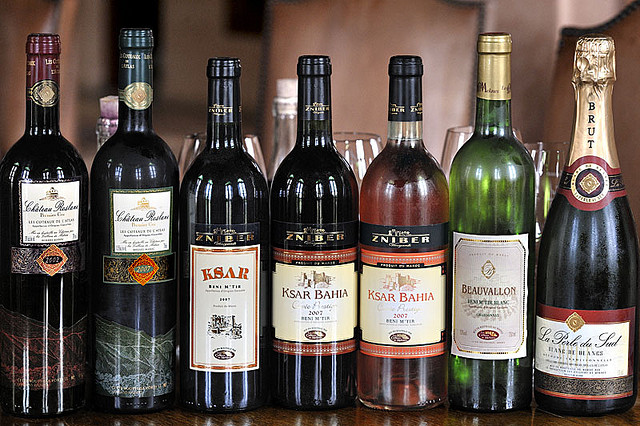Denise Masson, “The Lady of Marrakech”, Your Morocco Tour Guide
Denise Masson was not only a leading Islamic scholar of Marrakech, she was “La Dame de Marrakech” par excellence .. a woman who celebrated the medina where she lived and continues to be part of the memory of this city and Morocco. Denise Masson wrote her famous interpretation of the Koran…







